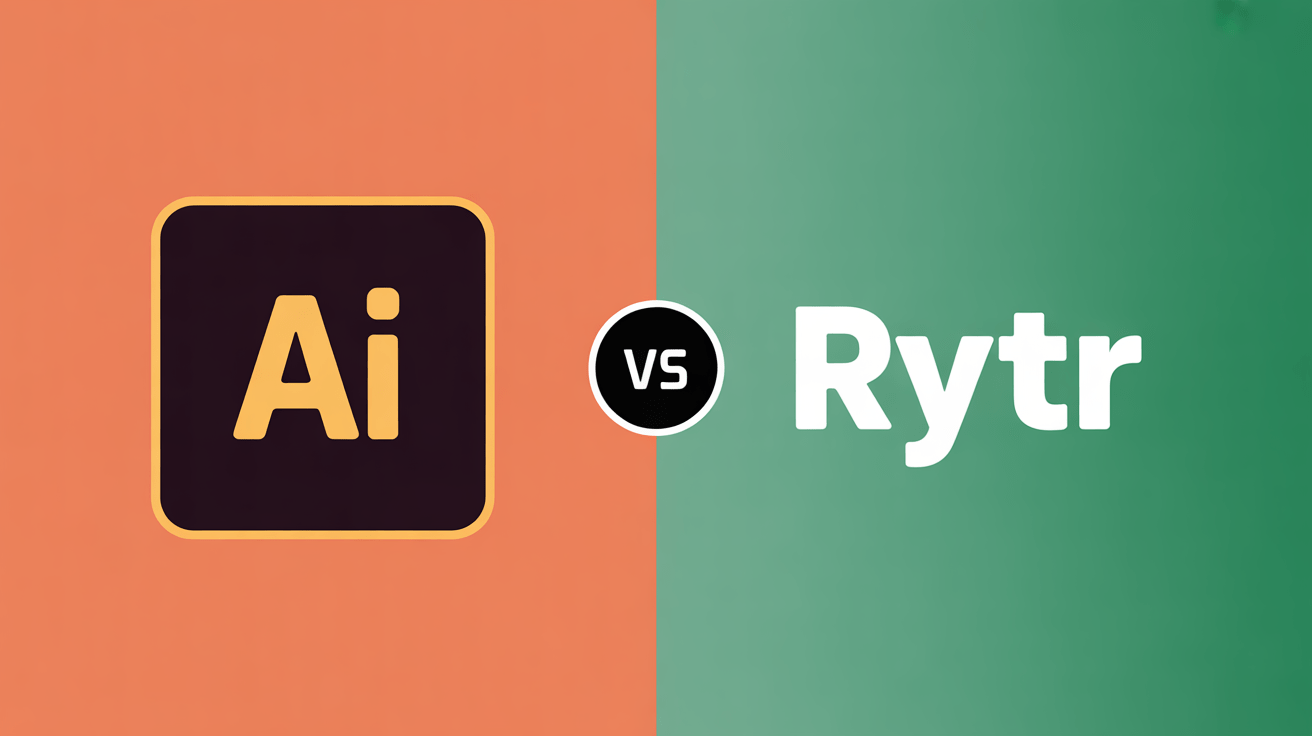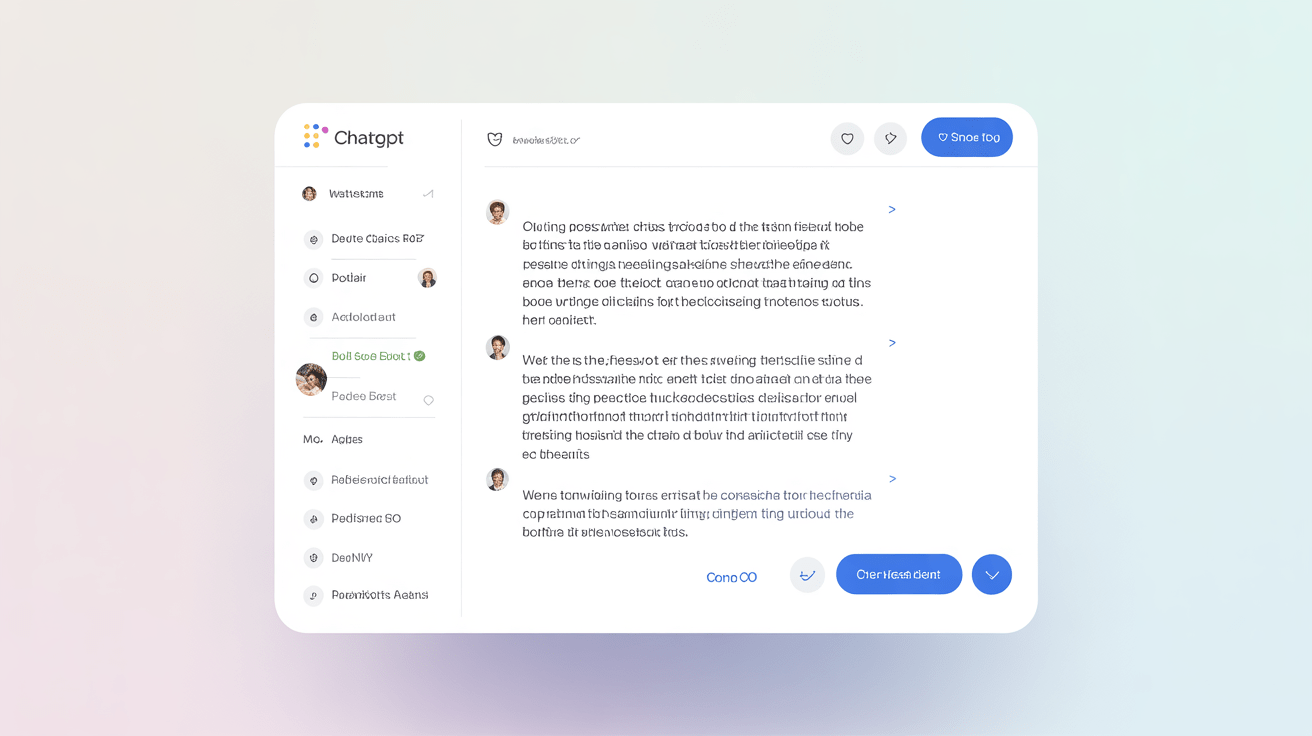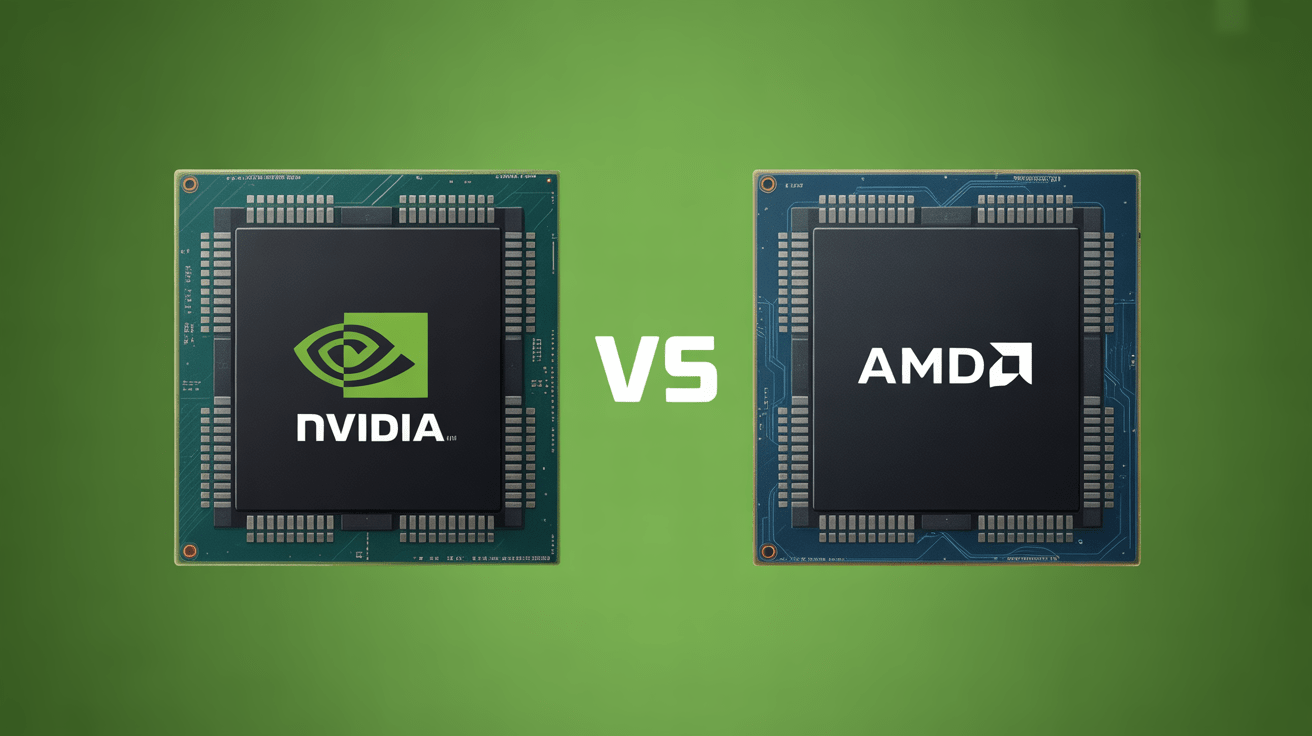
As the AI writing assistant market expands rapidly, developers, engineers, founders, and tech investors face a growing challenge in choosing the best tool that strikes the right balance between capability, scalability, and cost-efficiency. Copy.ai and Rytr are two of the most prominent AI-powered content creation platforms, each boasting impressive feature sets and growing user bases.
This comprehensive analysis delves into the architecture, functionality, business models, pricing structures, usability, and enterprise potential of Copy.ai and Rytr-ultimately illuminating which of these tools delivers superior value for money to professionals in the tech ecosystem.
Understanding the Core AI Technology behind Copy.ai and Rytr
Language Model Foundations
Both Copy.ai and Rytr harness large-scale transformer-based language models, leveraging advances pioneered by OpenAI’s GPT series and other state-of-the-art neural architectures. While neither vendor fully discloses the precise model versions, comparative performance suggests Copy.ai integrates GPT-3.5-like or fine-tuned variants, paired with proprietary layers for context management and prompt engineering.
Rytr, on the other hand, employs a mix of GPT-3 and custom-trained models optimized to produce concise, scalable output at low latency. Its architecture emphasizes fewer calls to the core API, reducing costs without considerably sacrificing fluency.
Pipeline Optimization for content Generation
Copy.ai includes layered prompt templates and contextual boosting to cater to extensive use cases – from blog generation to marketing copy aimed at delivering richer, customised output per prompt. Rytr’s focus is on rapid, iterative content creation, emphasising templated workflows that accelerate common writing tasks like emails, social posts, and SEO snippets.
Innovation in natural language generation is transforming how developers integrate AI content assistants - and it just works!
Comprehensive Feature Comparison: Copy.ai vs Rytr
Content Types and Templates
Copy.ai offers over 90+ AI-powered templates covering creative storytelling, startup pitches, ad copy, and complex technical blogs. It regularly updates industry-specific use cases, making it highly versatile. Rytr provides 30+ categorised templates focusing on rapid professional content generation – such as social media ads, product descriptions, or cold emails.
Collaboration and Workflow Integration
Copy.ai stands out with collaborative team features, real-time editing, and integrations into popular CRMs and marketing platforms like HubSpot and Zapier. This caters to larger teams and agency workflows. Rytr offers basic team collaboration and recently introduced API access, appealing to developers embedding AI functionalities directly into apps.
Language and Tone Customisation
Both platforms support multiple languages and tones; however, Copy.ai’s tone-switching is more granular, supporting nuanced brand voices and formal/informal customisation. Rytr is growing in linguistic diversity but still trails in fine tone modulation.
Pricing, Subscription Plans, and Cost Efficiency Insights
Copy.ai Pricing Model
Copy.ai offers three pricing tiers:
- Free tier: Limited to 2,000 words/month and a few core templates.
- Pro Plan: $49/month (billed annually) with unlimited words, priority support, and team collaboration.
- Enterprise Solutions: Custom pricing with advanced SLAs, on-premise options, and dedicated onboarding.
The premium plan also unlocks more frequent AI updates and bulk export options, useful for scaling content pipelines.
Rytr Pricing Overview
Rytr provides the following:
- Free Tier: 5,000 characters/month with access to the majority of templates.
- Unlimited Plan: $29/month, offers unlimited characters, team seats (up to 3), and premium priority support.
- Enterprise: Custom quote for more than 3 seats and API access.
Rytr’s lower price point is enticing for individual developers and startups focusing on rapid turnaround content creation.
Evaluating Output Quality and Content Variation: A Deep Dive
Copy.ai’s Stylistic and Semantic Richness
Copy.ai’s model chain optimises for naturalness, creativity, and persuasive language. Rigorous prompt engineering enables it to produce content with high semantic coherence, making it ideal for tech blogging, ad creatives, and brand storytelling. Early adopters report less need for manual editing, particularly on high-stakes content.
Rytr’s Speed and Concise Advantage
Rytr excels in generating fast, concise, and fact-oriented outputs geared towards smaller content snippets. Its ability to maintain precision in marketing content and outreach emails reduces time-to-publish, but it occasionally sacrifices stylistic depth compared to Copy.ai.
Helpfulness for Technical Audiences
For research summaries and developer documentation, Copy.ai’s ability to handle context-heavy prompts with nuanced tone control offers a distinct edge, addressing a common pain point in AI content tools. Rytr’s simplicity and speed make it suitable for rapid prototyping of ideas and draft generation.
API Access and Developer Flexibility Comparison
Copy.ai API Ecosystem
As of 2024, Copy.ai has launched an API in beta mode, enabling developers to integrate its writing capabilities into proprietary apps, SaaS platforms, and marketing automation systems. This strategic move aims to capture demand from medium to large enterprises integrating AI in critical workflows.
Rytr’s Established API Offering
Rytr’s API is more mature and publicly available, providing robust SDKs and REST endpoints for embedding AI content generation. Its simple authentication and flexible quota management make it a favourite among startups and agencies embedding AI at scale with budget constraints.
Integration Examples in Production
Founders have reported leveraging Rytr’s API to build email assistants and CRM auto-response features, whereas Copy.ai’s API is increasingly popular in multi-channel content orchestration and brand compliance tools.
User Experience and onboarding: Streamlined vs. Customized
copy.ai User Journey
Copy.ai’s onboarding focuses on a personalised tour with tailored recommendations using AI-powered guides. The UI is refined yet approachable, featuring intuitive dashboards and contextual tips. Feedback loops gather user preferences to adapt template suggestions dynamically.
Rytr Usability and Setup
Rytr offers frictionless onboarding with an immediate content generation experience on landing. The minimalist interface prioritises speed and template selection without much configuration, catering well to users who want to jump straight to output without distraction.
Accessibility and Platform Support
Both platforms offer web-based apps, with Copy.ai also releasing iOS and Android mobile versions. Rytr remains web-only but optimised for mobile browsers. Neither currently offers desktop clients.
Data Privacy, Security, and Compliance Considerations
Data Handling Practices
Both Copy.ai and Rytr claim to vet data privacy rigorously, employing end-to-end encryption for sensitive inputs and outputs. Copy.ai’s enterprise tier provides GDPR compliance, SOC 2 Type 2 certification, and data residency options, appealing to regulated industries.
Rytr’s security model is evolving; it currently focuses on data anonymisation and secure API keys, but has yet to announce formal compliance certifications.
User Control Over Content Ownership
Copy.ai explicitly grants users full ownership of generated content, an essential consideration for commercial use. Rytr similarly permits unlimited commercial rights under its terms.
Risks and Mitigation Strategies for Sensitive Use Cases
Developers embedding these tools into products must be wary of data leakage risks and ensure prompt confidentiality, especially in healthcare, finance, or defense-a rapidly growing market segment.
Customer Support and Community Engagement
Copy.ai’s Support Channels
Includes 24/7 live chat, dedicated account managers for enterprise customers, and a growing knowledge base with tutorials, webinars, and community forums.
Rytr’s Customer and Developer Support
Mostly email and ticket-based, supplemented by active Discord groups and GitHub repositories for developers utilising the API. The community focuses on rapid feedback and peer-to-peer assistance.
Community Influence on Product Roadmaps
Both platforms actively solicit user feature requests, with Copy.ai’s roadmap visibly published, enabling openness benefits for enterprise decision-makers.
Market Positioning and Future Outlook: Which Platform Scales better?
Copy.ai’s Enterprise Trajectory
With strategic API exposure, broad collaboration features, and extensive templates, Copy.ai aims to become the default AI writing platform for startups through Fortune 500 businesses. Its sustained investment in AI advancements and compliance suggests longevity.
Rytr’s Niche Growth Strategy
Rytr targets individual creators, small startups, and developer-first companies seeking affordable, rapid AI integration. Its obvious pricing and API flexibility position it well in cost-sensitive markets.
Potential Consolidation and Emerging Competition
The AI writing assistant market is consolidating, with competitors like Jasper.ai and Writesonic challenging both Rytr and Copy.ai on features and pricing.
ROI Analysis for Developers and Founders: Cost Versus Productivity Gains
Measuring Output Efficiency per Dollar Spent
When evaluating value for money, one must consider the ratio of quality content produced per dollar. Copy.ai’s high subscription cost is justified by reduced editing time and scalability in team settings. Rytr’s lower cost appeals to users with high volume, short-form content needs who tolerate some output variability.
Impact on Go-to-Market Timelines
Rapid content generation shortens campaign and product launch cycles. Rytr’s speed advantage helps startups quickly test market messaging, whereas Copy.ai’s robust features reduce iterative content refinement loops.
Sustainability of Subscription Costs Over Time
Decision-makers should model growth scenarios, factoring in potential overage fees, API call pricing, and onboarding costs to choose the optimal platform aligned to their scaling goals.
Choosing the Right AI Writing Assistant for Your Tech Stack
Assessing Workflow Integration Needs
If your team requires embedded collaboration, brand-controlled style guides, and platform integrations, Copy.ai offers a mature solution. If minimal setup and fast output suffice, Rytr’s ease of use wins out.
Evaluating Content Use Cases
For creative, in-depth, or technical content generation, Copy.ai’s superior contextual capabilities offer meaningful value. For quick, templated marketing or outreach content, Rytr is cost-effective and reliable.
Trial and Pilot Recommendations
Both providers supply free tiers - an essential phase to determine actual ROI. Consider A/B testing content generated by each AI in your domain before long-term commitment.
Navigating AI Ethics and Bias in Content Generation
Mitigating Model Biases
Both Copy.ai and Rytr incorporate content filtering and bias detection to minimise problematic outputs. Though continuous human oversight remains critical to maintain ethical standards.
Transparency and User Obligation
Founders and developers must disclose AI usage when required and ensure generated content complies with platform policies and legal norms.
Summary: Which AI Writing Tool Maximises Value for Money?
Both Copy.ai and Rytr bring unique strengths to the table: Copy.ai excels in depth, scalability, and enterprise features at a higher price point, while Rytr offers rapid, affordable entry with a developer-friendly API. The right choice hinges on your specific use case, budget, and integration needs.
Developers and tech leaders should leverage the free trials and carefully measure productivity gains versus cost to identify the AI writing assistant that truly delivers maximum value for money in their projects and organisations.
Source references:






